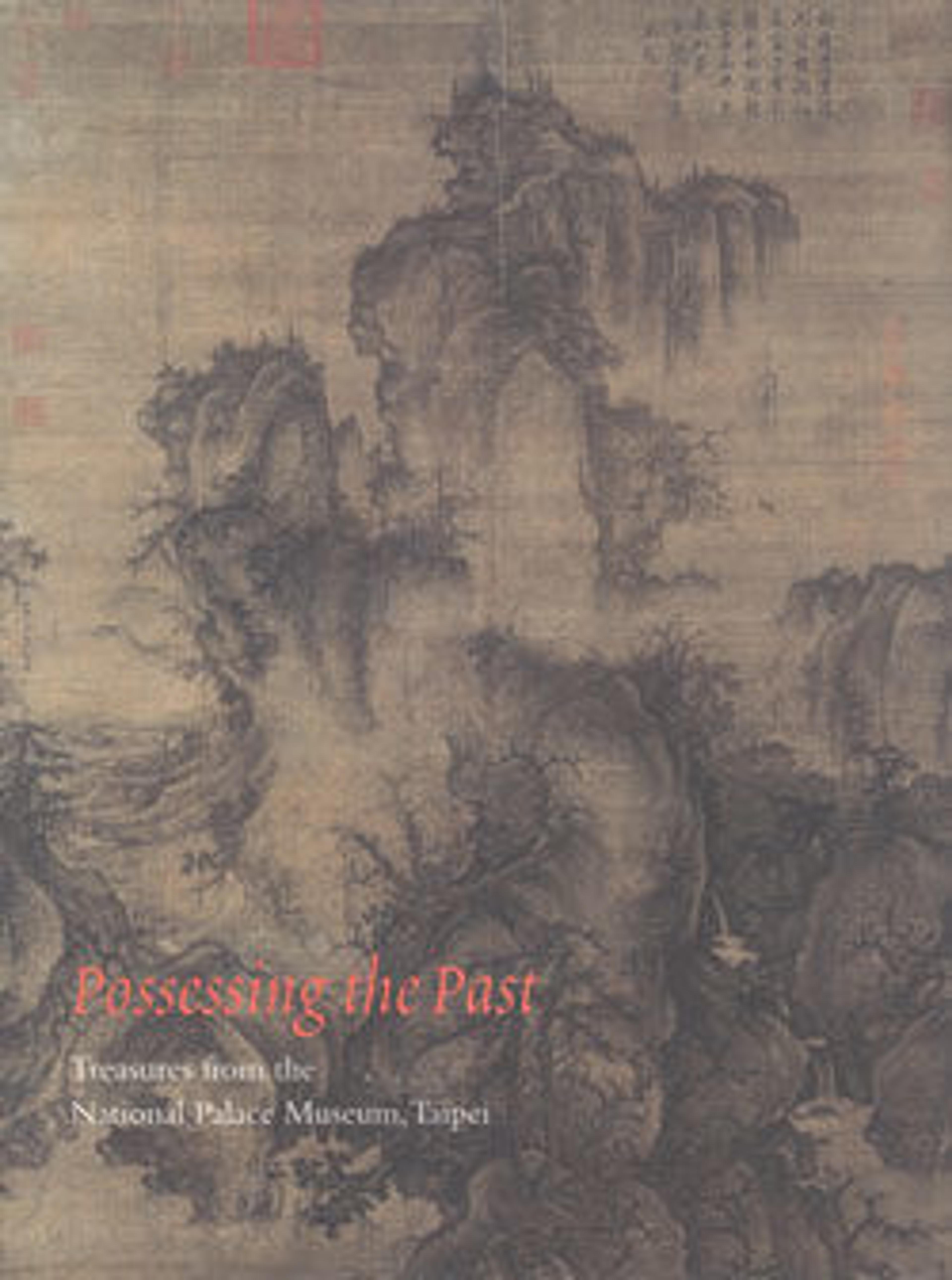Flowers
This decorative work of the Piling school of flower painting compares closely to signed works by the late-fourteenth-century painter Lü Jingfu. Originally one of a matching pair of panels, the painting shows butterflies and a praying mantis flying amid a late-spring bouquet of poppies, asters, Chinese pinks, and chrysanthemums; a salamander in the center foreground is flanked by an orchid on the left and a cabbage on the right. The flowers and insects are flawlessly executed in fine precise brushwork and colored in delicate hues of pink, white, green, and purple, with malachite green and powder-white highlights.
Similar motifs are found on blue-and-white ceramics and other decorative arts of the period where floral elements appear with frogs, salamanders, praying mantises, and cicadas. The salamander, when shown with a praying mantis devouring a cicada, symbolizes cyclical predation in nature and echoes a famous passage from the Zhuangzi: "Creatures are so enmeshed in nature, one species always preying on another." The popularity of such motifs in fourteenth-century art seems to reflect the political climate of the time, when China, ruled by the Mongols, was beset by repression and injustice.
Similar motifs are found on blue-and-white ceramics and other decorative arts of the period where floral elements appear with frogs, salamanders, praying mantises, and cicadas. The salamander, when shown with a praying mantis devouring a cicada, symbolizes cyclical predation in nature and echoes a famous passage from the Zhuangzi: "Creatures are so enmeshed in nature, one species always preying on another." The popularity of such motifs in fourteenth-century art seems to reflect the political climate of the time, when China, ruled by the Mongols, was beset by repression and injustice.
Artwork Details
- 元/明 呂敬甫 花蝶圖 軸
- Title: Flowers
- Artist: Attributed to Lü Jingfu (Chinese, active late 14th century)
- Period: Ming dynasty (1368–1644)
- Date: 14th century
- Culture: China
- Medium: Hanging scroll; ink and color on silk
- Dimensions: Image: 40 × 20 7/8 in. (101.6 × 53 cm)
Overall with mounting: 81 1/2 × 25 1/2 in. (207 × 64.8 cm) - Classification: Paintings
- Credit Line: Rogers Fund, 1912
- Object Number: 12.37.134
- Curatorial Department: Asian Art
More Artwork
Research Resources
The Met provides unparalleled resources for research and welcomes an international community of students and scholars. The Met's Open Access API is where creators and researchers can connect to the The Met collection. Open Access data and public domain images are available for unrestricted commercial and noncommercial use without permission or fee.
To request images under copyright and other restrictions, please use this Image Request form.
Feedback
We continue to research and examine historical and cultural context for objects in The Met collection. If you have comments or questions about this object record, please contact us using the form below. The Museum looks forward to receiving your comments.
